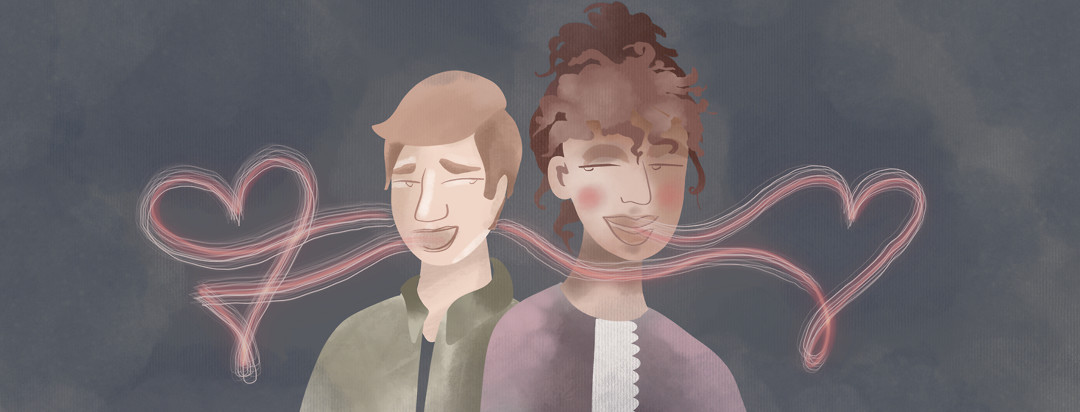Having A Shared Endometriosis Vocabulary With Your Partner
I’m writing this having just finished an interview with my partner. She podcasts, writes and advocates for endometriosis under the brand of This EndoLife. If you haven’t checked-out thisendolife.com before, I suggest you do so - the site and her instagram are full of tips, support, and articles about how she manages her endometriosis. The interview was from the perspective of a couple talking about how endometriosis affects a relationship, and we covered some interesting topics as we talked. Something came up in our discussion that I think is particularly important, so I wanted to share that here as well... Something that is very simple and almost so fundamental as to easily be overlooked. It’s the importance of having a shared vocabulary around endometriosis.
What is a shared vocabulary?
What I mean by a ‘shared vocabulary’ is that both parties, the person with endo and the partner, have shared knowledge of the condition, and understand common phrases and words used when talking about endometriosis, and what each other mean when they use these words and phrases. For example, an understanding of the numerical pain scale and what your partner means when they say their pain is a 4 or a 7, not what you think they mean. Another example is both of you having a good understanding of the menstrual cycle, what phases there are, what they are called and how long each phrase lasts for your partner. Endometriosis is a condition with a lot of associated jargon, from adenomyosis to zygote, so it can be easy to become confused when researching the condition, or confusing when explaining it to a partner.
Why does it matter?
Having this shared vocabulary is important because it makes having conversations around endo much easier and more useful. If my partner tells me she is more likely to want to see family when she’s ovulating, this sentence means so much more to me if, most importantly, I know what ovulation is, what that means is happening inside her body, and how it affects her on a personal level. Similarly, if she says to me her cramps are at a 7 on the pain scale and we’ve never discussed what she considers a 1, 2, 3, 4, etc. to be, then 7 is just an abstract number that means nothing to me and I don’t know how serious it is. Knowing what my partner means by brain fog and understanding how she feels when she says she’s fatigued is the foundation of having a healthy relationship alongside endometriosis, and having realistic expectations of what she feels up to doing on any given day.
Tips for other couples
There’s no secret to developing this shared vocabulary other than discussion. Be vocal about endometriosis, research the condition, ask for clarification if your partner says something you don’t understand, and clarify that you are both on the same page when talking about subjective concepts like pain and tiredness levels. Having a shared understanding of endometriosis is essential for managing it as a couple, and not letting semantics and misunderstanding confuse an already complicated condition. The endometriosis most likely isn’t going to disappear, but you can absolutely blow away the mystery. I highly recommend you check out This EndoLife Podcast wherever you listen to podcasts, or check-out the website or Instagram and catch the episode when it is released.

Join the conversation